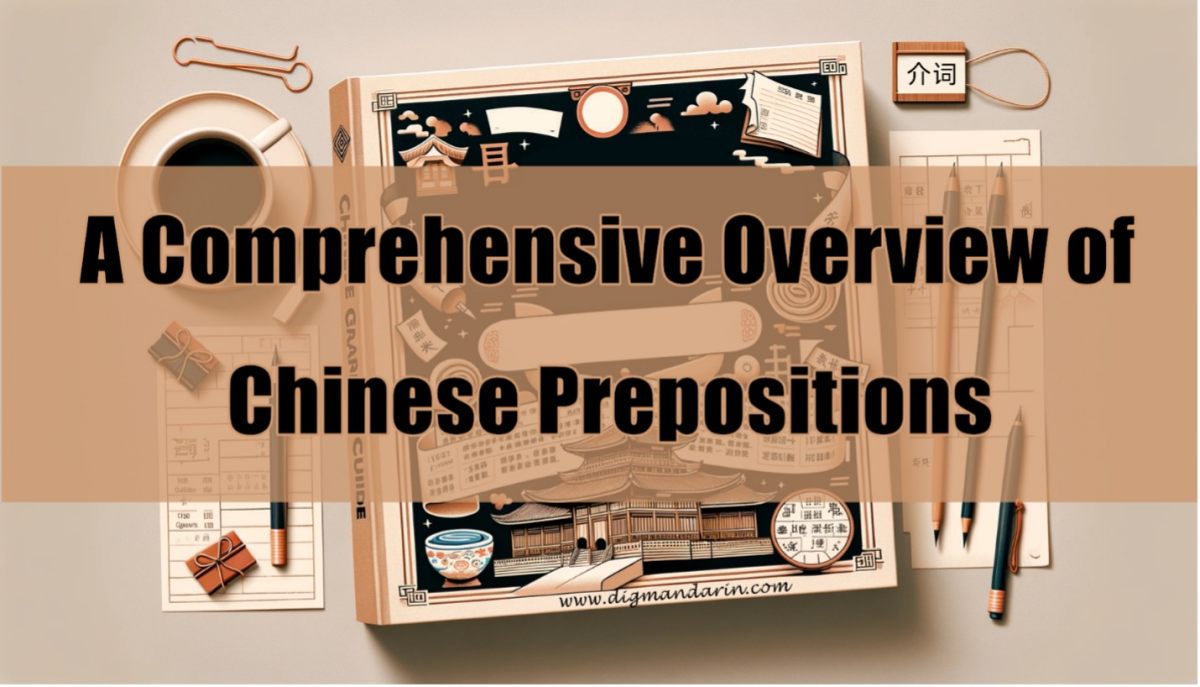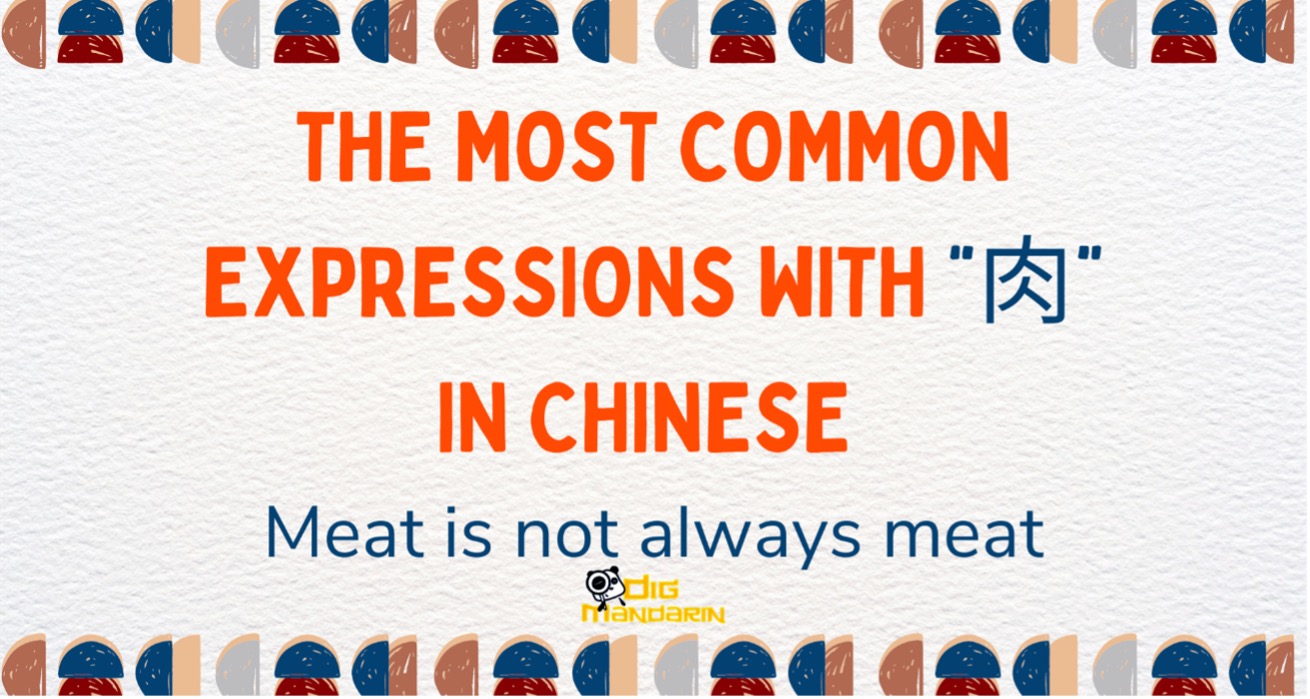上 and 下 in Chinese: Beyond the Basic “Up” and “Down”
Have you ever stopped to consider how often you use the words 上(shàng) and 下(xià) in your daily life? These two characters are so ubiquitous in the Chinese language that it’s easy to take them for granted.
We say 上班 (shàng bān, on duty), 下班 (xià bān, off duty), 上车 (shàng chē, get on), 下车 (xià chē, get off), 上厕所 (shàng cè suǒ, go to the bathroom), but we never say 下厕所 (xià cè suǒ, get out of the bathroom). What’s the reason behind this? In this article, we will delve into the fascinating world of 上(shàng) and 下(xià) and explore their various meanings and nuances. So, get ready to discover the hidden depths of these two commonly used characters!
First, Let’s look at the background of the two characters:
上’s written character in different forms:

下’s written character in different forms:

These characters are both derived from the pictographic character of a horizontal line. Adding a stroke above the line creates 上(shàng, up) while adding one below it creates 下(xià, down). These two characters are essentially inverted versions of each other. Many dictionaries define them as opposites, so you can try to understand them like antonyms.
1. Positions

The character 上(shàng) means “up high”, while 下(xià) means “down below.”
For example, 楼上 (lóu shàng) means “upstairs”, and 楼下 (lóu xià) means “downstairs”. Similarly, 上铺 (shàng pù) means “upper berth” and 下铺 (xià pù) means “lower berth”.
For example:
他住在楼上,我住在楼下。(Tā zhù zài lóushàng, wǒ zhù zài lóuxià.)
He lives upstairs, and I live downstairs.
2. Time and sequence orders
上(shàng) refers to the “front”, while 下(xià) refers to the “back”. For instance, 上册 (shàng cè, Volume One) and 下册 (xià cè, Volume Two), or 上次 (shàng cì, last time) and 下次 (xià cì, next time).
For example:
上次你借了上册, 下次你借下册吗?(Shàngcì nǐ jiè le shàngcè,xiàcì nǐ jiè xiàcè ma?)
Last time you borrowed the volume one book, next time will you borrow volume two?
3. Levels
上(shàng) means “upper,” while 下(xià) means “lower” or “nether.” For example, 上等 (shàng děng, superior) and 下等 (xià děng, inferior), 上级 (shàng jí, higher-up) and 下级 (xià jí, subordinate).
For example:
尊重上级, 也尊重下级。(Zūnzhòng shàngjí,yě zūnzhòng xiàjí.)
Treat superiors with respect, and also treat subordinates with respect.
4. Directions
上(shàng) means “going from the bottom up” and 下(xià) means “going from the top down”.

For example:
上船 (shàng chuán, get on; aboard) and 下船 (xià chuán, get off; debark)
上楼 (shàng lóu, go upstairs) and 下楼 (xià lóu, go downstairs)
上山 (shàng shān, go uphill) and 下山 (xià shān, go downhill)
上升 (shàng shēng, go up; ascend) and 下降 (xià jiàng, pull down; descend)
For example:
旅客刚开始上船。(Lǚkè gāng kāishǐ shàngchuán.)
Passengers were just starting to board the ship.
5. Starting and finishing activities
In organized activities, 上(shàng) means “to start” and 下)xià) means “to finish.” Examples include 上班(shàng bān, go to work),下班(xià bān, finish work), 上课(shàng kè, start class) and 下课(xià kè, finish class).
For example:
他每天早上8点上班, 下午5点下班。(Tā měitiān zǎoshàng bā diǎn shàngbān, xiàwǔ wǔ diǎn xiàbān.)
Every day he goes to work at 8am and gets off work at 5pm.
Apart from these relative meanings, sometimes they are not opposites, and this can often confuse us:
I. Sometimes, 上(shàng) doesn’t have an equivalent expression with 下(xià), and it can be confusing. For example, in phrases like 上街(shàng jiē, go into the street), 上网(shàng wǎng, get on the Internet), and 上厕所(shàng cè suǒ, go to the bathroom), 上(shàng) means to “go to” a place, but 下(xià) doesn’t actually mean “to leave” those places.
For example:
你哪去儿了? 我上街了。(Nǐ qù nǎ er le? Wǒ shàng jiē le.)
Where did you go? I went into the street.
II. Some phrases use 下(xià) to mean “get into,” like 下海(xià hǎi, go into business) and 下基层(xià jī céng, get into grassroots). In other phrases like 下面条(xià miàn tiáo, cook noodles) or 下饺子(xià jiǎo zi, cook dumplings), 下(xià) means “cook.” However, 上(shàng) cannot be used in this way.
For example:
妈妈说, 要先烧水, 再下饺子。(Māma shuō, yào xiān shāoshuǐ, zài xià jiǎozi.)
My mother says that you need boil water first and then cook dumplings.
Conclusion
上(shàng) and 下(xià) are two Chinese characters that have many different meanings in different contexts. They are often used to describe positions, orders, levels, directions, and starting and stopping activities. Understanding the meanings of these two characters can help you better understand Chinese language and culture. So next time when you hear someone say 上(shàng) or 下(xià) in conversation, you will know exactly what they mean and how to respond correctly.





this is super awesome, thanks for sharing!
Thanks!Hope you will keep following this website!
Good Job.
Thanks!
If my chess-playing gets better and better, then can I say, “上棋”?
No,my friend. ‘Cause we will always make the chess down on the bord,.In the phrase “下棋’,“下”refers to “touch down,make fall down”.Just like we play the Chinese Chess(象棋) or Chinese WeiQi(围棋),we wil always first pick up the Chess Piece then touch down it in some place. So we say “下棋”,not “上棋”.The “下”still remains the direction points. Hope this could help you understand. If you still confuse about them, please tell me.
Hi Michael, thanks for the great explanation. Could I please check of these characters 你哪去儿了 could also be written as: 你去哪儿了?
Yes, it also can be 你去哪儿了